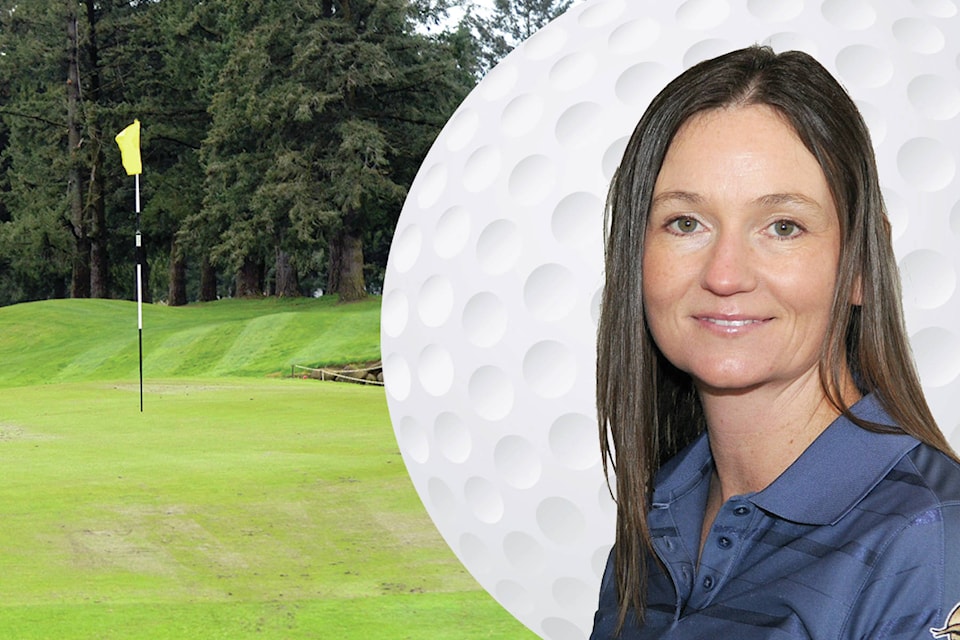Jennifer Greggain writes a bi-weekly column in the Chilliwack Progress during golf season.
As anyone learns a new skill, if it be how to play a new musical instrument or how to swing a golf club, a complex set of motions in the brain are used to help build muscle memory.
Although your muscles don’t actually have memory, this process is actually referring to a process of ‘motor learning’ happening in your nervous system.
When a skill is first being learned, things may feel awkward and unnatural.
Over time with repetition, these motions begin to feel easier to perform with more success.
As you learn a new skill, the cells in your brain, called neurons, are activated and send messages to other neurons through long cable-like nerves called axons. As a skill becomes more learned, more communication occurs between these axons.
As more communication occurs between axons, they begin to become ‘insulated’ with a brain tissue called myelin. Simply put, the more your brain creates and uses these nerve communications, the more insulated with myelin they will become. And thus, easier a skill is to be learned and performed.
With regards to golf, we therefore know a few things about mylenation that can make the learning process a bit easier.
First of all, a skill that has had a significant amount of repeated practice will become more insulated with myelin over time, and will thus be easier to perform.
It takes a significant amount of time and repetition for this to occur.
With regards to performance, a skill that has been repeated successfully over a long period of time is considered ‘well-mylenated,’ and thus is much easier to perform, especially under the pressure of competition.
This is why we see the best players in the world making changes in their game only at certain times in the season.
They know that in order to make a significant change, it takes a great deal of time for it to become a natural part of their golf swings.
Secondly, we also know that a skill that has been learned incorrectly over time will become a bad habit that is difficult to break.
This is why proper instruction is crucial at the learning stage of any new skill learned. For example, the more you practice a skill incorrectly, the more you are insulating that motion, making it more difficult to change later.
As a golf instructor, I see this happen countless times on the practice facility.
Many golfers flock to driving ranges seeking to ‘fix’ their golf swings by hitting countless numbers of range balls.
The one key ingredient many are forgetting is proper instruction. If they are not practicing proper technique in their golf swings, with each incorrect swing they take, will result in molding a golf swing with bad habits.
As our off-season approaches, be sure to use this time wisely and seek out the help of a golf professional to help with any changes to your technique that should be addressed before heading out to the practice facility.
Jennifer teaches golf to adults and juniors at the Chilliwack Golf Academy. She played professionally on tour for over 10 years, including 2 years on the LPGA. She is the 2016 LPGA Western Section Teacher of the Year, and is now the lead instructor of the Sardis Golf Academy. She can be contacted at 604-798-9805, chilliwackgolfacademy.com, or at Jennifer@chilliwackgolf.com
